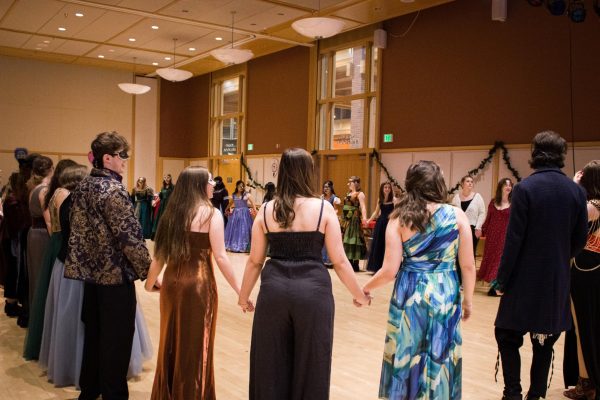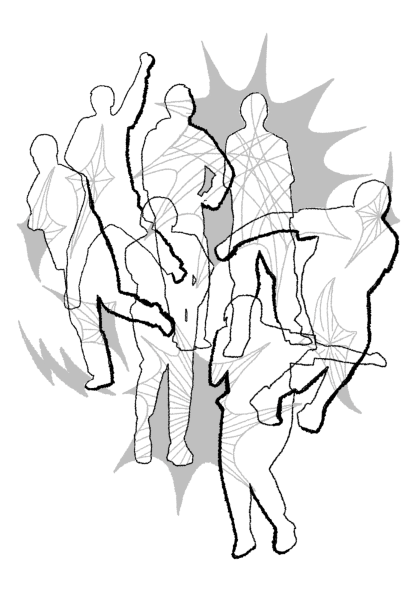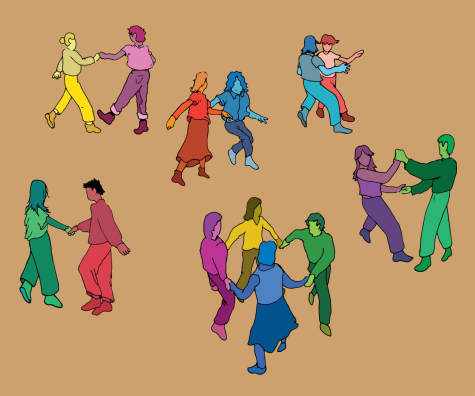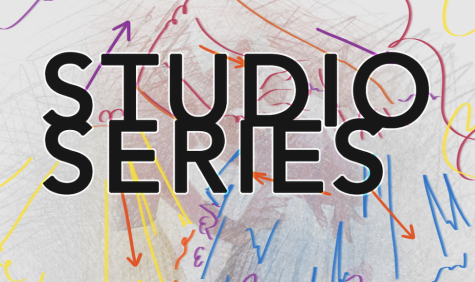Spring Studio Series shines a spotlight on unique forms of performance
March 10, 2022
As the audience entered the theater on the first night of Whitman’s Spring Studio Series, they were greeted by the potent smell of acrylic paint. As the show opened, performers gently coated each other in bright paints, creating new patterns, textures and blends of colors as artist Dez’Mon Omega Fair’s recited poetry was played in the background, gently passed through the audience via a speaker in a ceramic bowl.
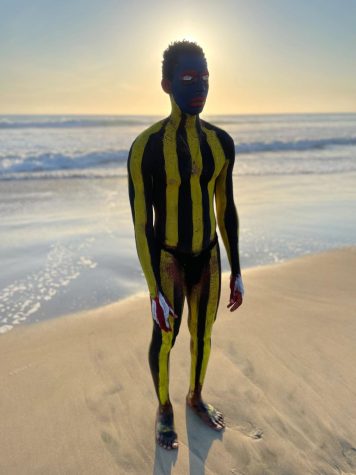
Dez’Mon’s performance was the first of three Spring Studio Series performances hosted in Harper Joy this year. For the series, artists from around the country come to Whitman to share their art in a festival format that encourages open dialogue and an interdisciplinary understanding of performance.
Senior Lecturer of Dance Peter DeGrasse explained that since the program’s first run in 2014, this year is the second year that the series has been included in the theater’s regular season schedule, making it a valuable part of the arts at Whitman.
“The artists also visit different classes both within our department and outside of the department. We try to make those connections so that this isn’t just presenting artistic work but it’s engaging in a broader conversation,” DeGrasse said.
The focus on implementation of the arts across all areas of study was a valuable component of the series to the artists as well. LROD Rodriguez, a performance artist who was featured on the third night of the series, mentioned the heightened creative energy that arises from tight-knit communities.
“Being in a new community and sensing such openness around not only the academic but the creative sensibilities has been really delightful. The support and thoughtfulness during my time with the series, I have engaged and witnessed performance, dance, and embodiment woven into the classrooms, workshops, and conversations, which ushers in a new era of radical tenderness at a collegiate level,” Rodriguez wrote in an email to The Wire.
Artists have the opportunity to present either in-progress or finished works for the series depending on their individual goals, and communication with both fellow creators and the Whitman community adds new dimensions to artistic interpretation.
Jessie Young, who performed on the second night of the series, mentioned how dialogue is critical to her creative process.
“Inspiration never stops happening, it’s like unraveling a sweater. I start to pull on an idea and I start to work with it. As I work with it I find synchronicities and ways it touches on other imagery and lineages and histories and mythologies. All that continues to feed and imbue my work,” Young said.
Whitman students were eager for the opportunity to see artists from a diversity of backgrounds and perspectives, with seats being nearly full all three nights of the series.
“I hope that people’s ideas of what can happen in live performances are expanded a little bit. These people are pushing the boundaries of what live theater looks like, and I think that is healthy for the audience and the performers,” DeGrasse said.





